Travelling to Europe for the first time is an exciting adventure, but it can also feel overwhelming. From navigating historic cities and unfamiliar transport systems to understanding local customs, there’s a lot to take in.
This guide offers practical tips along with a carefully selected list of cities ideal for first-time visitors. With this knowledge, you’ll be able to explore confidently and make the most of your trip.
Also read: The Ultimate Guide to Budget Travelling in Europe: Smart Ways to Explore for Less
Always keep coins ready for public toilets

Image credit: CaronB via Canva Pro
In many European cities, public toilets are not free, especially in train stations, motorway service areas, and popular tourist spots. These toilets often require small change (usually between 50 cents and €1) to enter. Machines or attendants rarely accept card payments or larger bills, and sometimes won’t provide change.
To avoid frustration, keep a handful of coins separate from your main wallet in a secure, easy-to-access pocket. This small preparation saves time and spares you from stressful situations where nature is calling and you’re scrambling to answer.
Know when tap water is free and when it isn’t

Image credit: Petr Polak via Canva Pro
While many countries around the world serve tap water free in restaurants, this isn’t always the case in Europe. In places like France, Italy and Spain, asking for “water” often results in bottled water being served, and at a price that can surprise you. To avoid paying for bottled water, specifically ask for “tap water”. However, be aware that some restaurants might look puzzled or hesitant, so it’s best to be polite but clear.
At the same time, several European cities, including Rome and Paris, offer free public drinking fountains where you can refill your bottle with safe, fresh water. Look for signs that say “acqua potabile” or “eau potable” to identify these fountains. Knowing when and where to refill helps save money and reduces plastic waste.
Always validate your train ticket before boarding
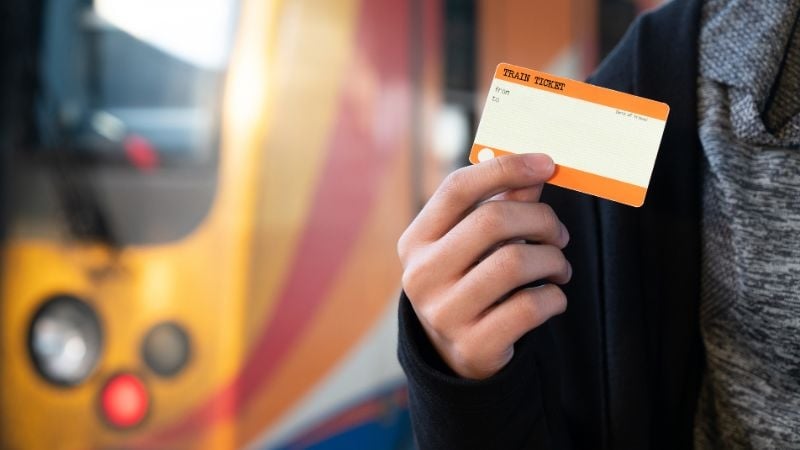
Image credit: Wittayayut via Canva Pro
If you’re planning to travel around Europe by train, especially on regional or intercity routes in countries like Italy, Austria, or France, one critical step is often overlooked by first-timers: ticket validation. This step activates your ticket and confirms your intended travel date and time.
Skipping validation can lead to hefty fines if a ticket inspector checks you on board, even if your ticket is otherwise valid. These fines can be several times the ticket price, so it’s well worth taking a moment to find and use the validation machines before the train arrives. When travelling on high-speed trains or with e-tickets, this step usually isn’t necessary, but double-check beforehand.
Don’t fully rely on Google Maps in historic city centres
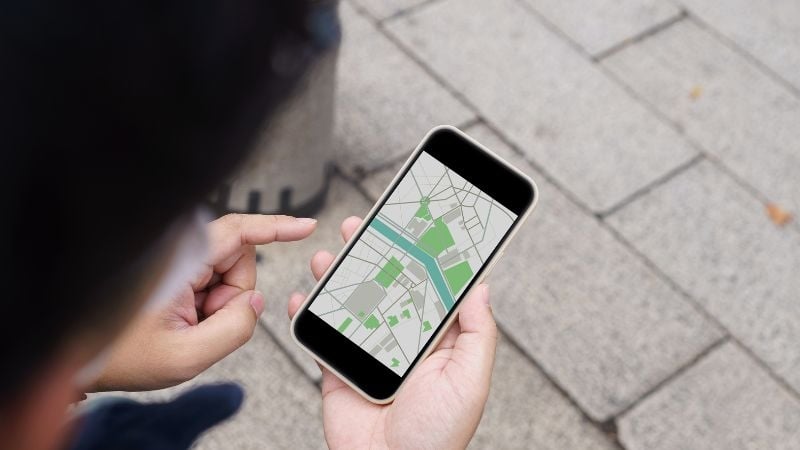
Image credit: charliepix via Canva Pro
Google Maps is an invaluable travel tool, but in many old European towns with medieval street layouts, GPS signals can become unreliable or confusing. Narrow alleys, overhanging buildings, and winding lanes make it easy for directions to be inaccurate, especially when trying to locate small passageways or staircases.
To avoid frustration, try zooming in fully or switching to satellite view to get a better sense of the actual layout. Sometimes, using an offline map app can be faster and less stressful. Don’t hesitate to ask locals for directions, as residents often know shortcuts and can guide you more intuitively.
Always carry local cash and keep it separate

Image credit: ChristophMeinersmann via Canva Pro
Even in major European cities, it’s not guaranteed that all shops, bakeries, market stalls, or smaller transport ticket machines will accept international credit or debit cards. Many smaller or family-run businesses still prefer cash, especially outside city centres.
To reduce risk, keep this cash in a separate pocket or money belt, distinct from your main wallet. That way, if you are pickpocketed or lose a wallet, you won’t lose all your funds at once.
Pack a lightweight scarf or shawl for versatility

Image credit: blueclue via Canva Pro
Europe’s weather can be unpredictable, especially in the shoulder seasons of spring and autumn. Even in summer, evenings can be cool, particularly in northern or mountainous areas.
A lightweight scarf or shawl is a travel essential for many reasons: it keeps you warm when the temperature dips, can cover your shoulders when visiting churches or religious sites where modest dress is required, and doubles as a picnic blanket or sunshade in parks.
Be prepared for quiet weekends
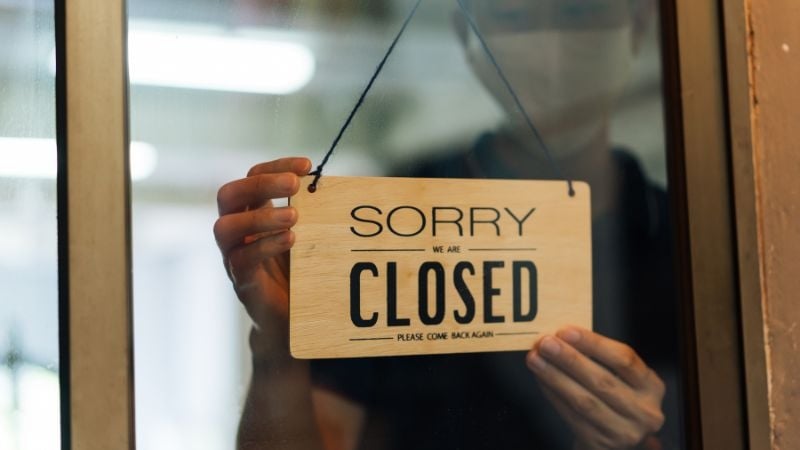
Image credit: twinsterphoto via Canva Pro
While Europe’s historic centres bustle with tourists and locals on weekends, newer business districts and residential areas often become surprisingly quiet. Many cafés, shops, and supermarkets close earlier or do not open at all on Sundays and public holidays, especially outside tourist hotspots.
If you plan to shop, eat or explore beyond the city centre on weekends, check opening hours in advance and be prepared with snacks or meals. This tip helps avoid disappointment and allows you to experience local rhythms, which can differ significantly from your usual routine.
Stay aware of your belongings without being paranoid
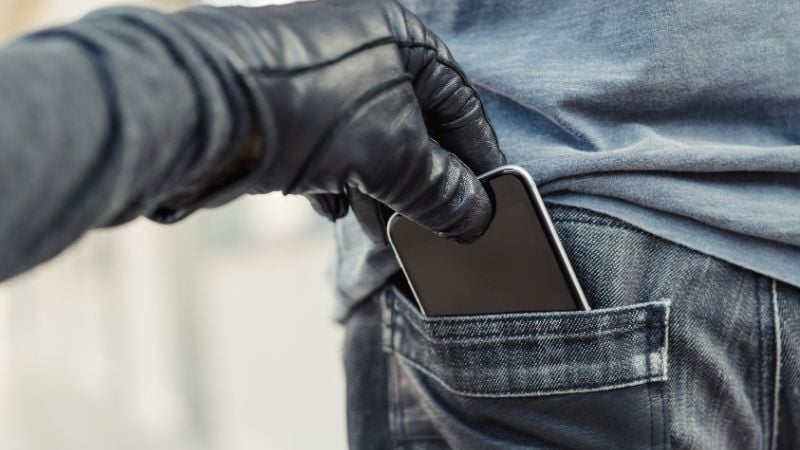
Image credit: D-Keine via Canva Pro
We’ve all heard stories about pickpockets in Europe. The best defence isn’t panic but quiet, consistent awareness. Always know where your phone and wallet are. Use zipped or buttoned pockets and avoid pulling out your phone or wallet in crowded places unnecessarily.
Consider carrying photocopies of your passport and other important documents for everyday use, leaving originals secured safely at your accommodation. This way, even if something is lost or stolen, you have backups.
Download local transport and city apps
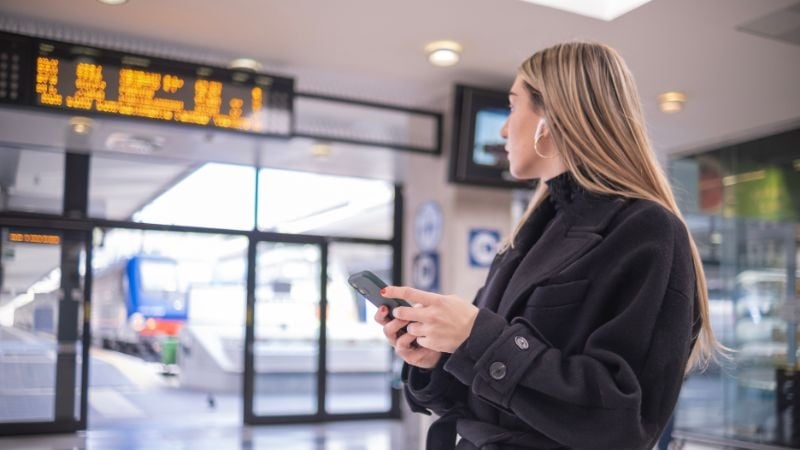
Image credit: Valentina Stankovic via Canva Pro
Many European cities have their own transport apps, providing real-time information on metro, bus, and tram services, ticket purchases, and service disruptions. Examples include BVG for Berlin, RATP for Paris, or TFL for London. These apps often work better than generic ones because they are updated instantly.
Best cities for first-time visitors in Europe
Choosing where to go on your first trip to Europe can be tricky. Some cities are easier to navigate, friendlier to English speakers, and offer enough highlights without feeling overwhelming. Here are 6 carefully chosen cities that fit the bill perfectly:
Amsterdam, Netherlands
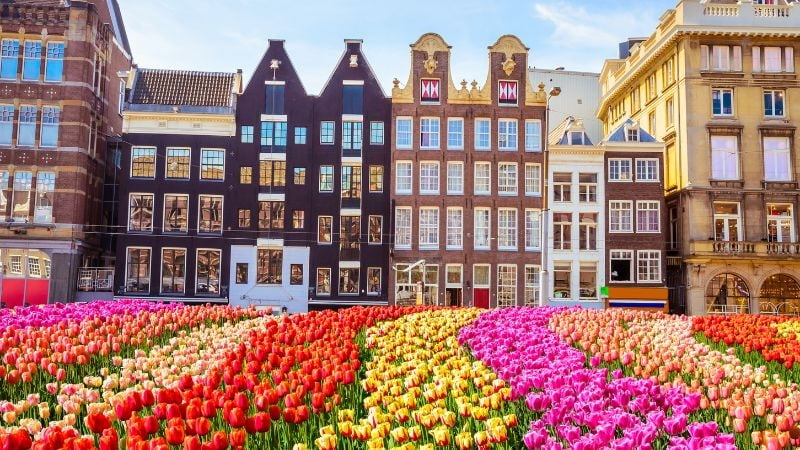
Image credit: Olena_Z via Canva Pro
Known for its compact size, Amsterdam’s canals, museums, and vibrant neighbourhoods are easy to explore by foot or bike. English is widely spoken, making communication simple, and the local transport system is intuitive and efficient.
Vienna, Austria
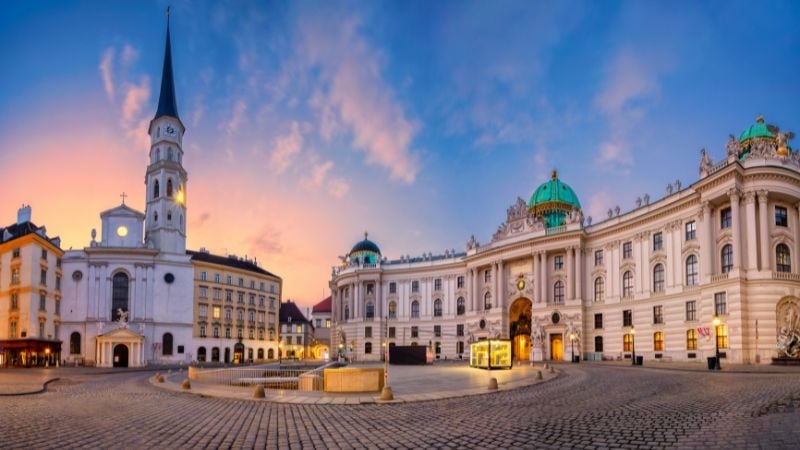
Image credit: RudyBalasko via Canva Pro
Vienna blends imperial grandeur with modern culture. The city is clean, safe and easy to navigate via its excellent underground network. Cafés and parks invite leisurely afternoons, while historic palaces and museums are plentiful.
Barcelona, Spain
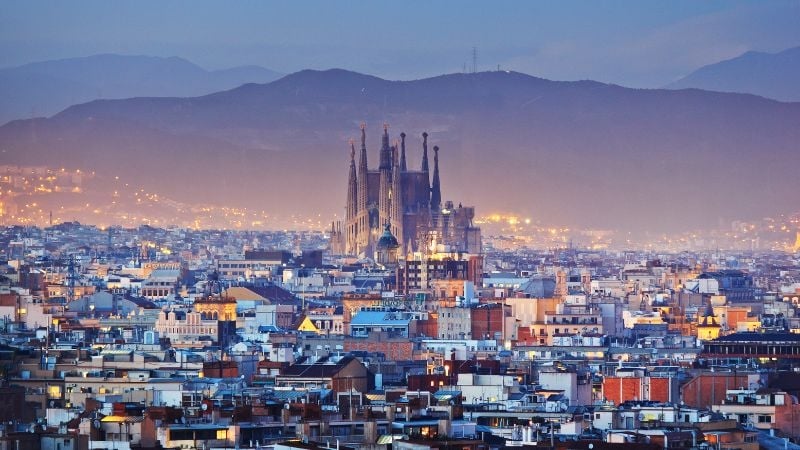
Image credit: kanuman via Canva Pro
Barcelona’s distinctive architecture, lively street life and nearby beaches create a varied experience. The city’s grid layout helps with orientation, and the pace is relaxed. Spanish and Catalan are spoken, but English is common in tourist areas.
Also read: Barcelona Travel Guide: Iconic and Hidden Gems I Fell in Love With
Lucerne, Switzerland
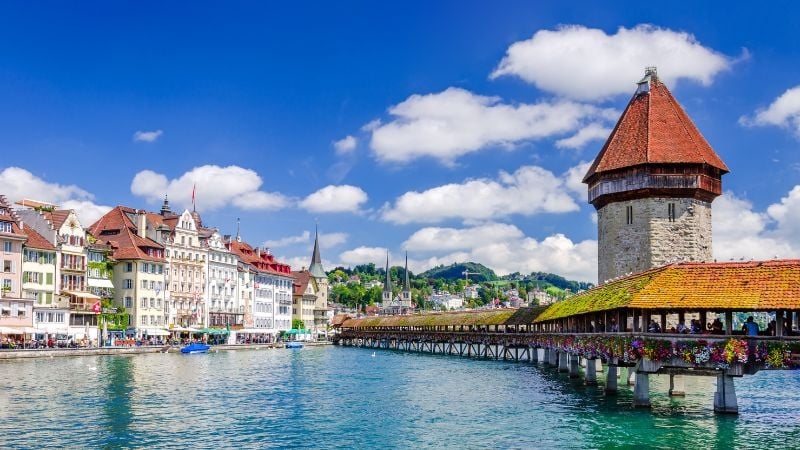
Image credit: emicristea via Canva Pro
Lucerne is a picturesque lakeside town with a manageable size and stunning mountain backdrops. Its old town is pedestrian-friendly and packed with charming cafes, making it ideal for those who appreciate nature and quiet elegance.
Bruges, Belgium
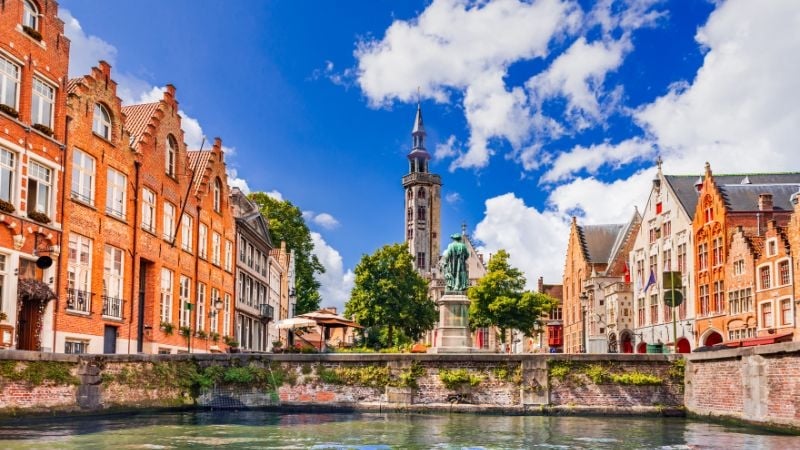
Image credit: emicristea via Canva Pro
Bruges offers a fairy-tale medieval atmosphere with winding canals and cobbled streets. Its small size means you can see the highlights comfortably on foot. The city is famous for chocolate and waffles, sure to delight first-time visitors.
Prague, Czech Republic
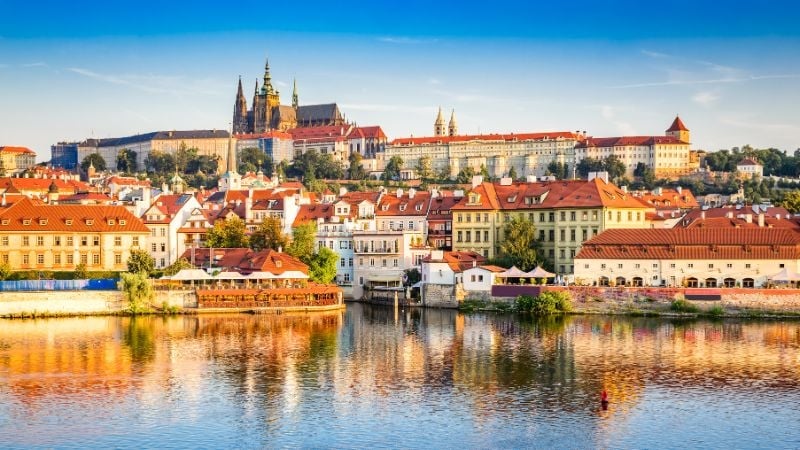
Image credit: emicristea via Canva Pro
With its fairy-tale skyline and affordable prices, Prague combines history and culture in an accessible package. Its compact old town and river walks encourage relaxed exploration, and many locals speak English.
Also read: Best Places to Travel with Your Parents: Comfortable & Memorable Trips
Adventure with no stress
Your first European trip is an opportunity to discover new places and cultures at your own pace. With a few thoughtful preparations and a willingness to embrace the unexpected, you’ll find the experience rewarding beyond expectations. Don’t rush to see everything; instead, savour each moment and create your own unique memories.




